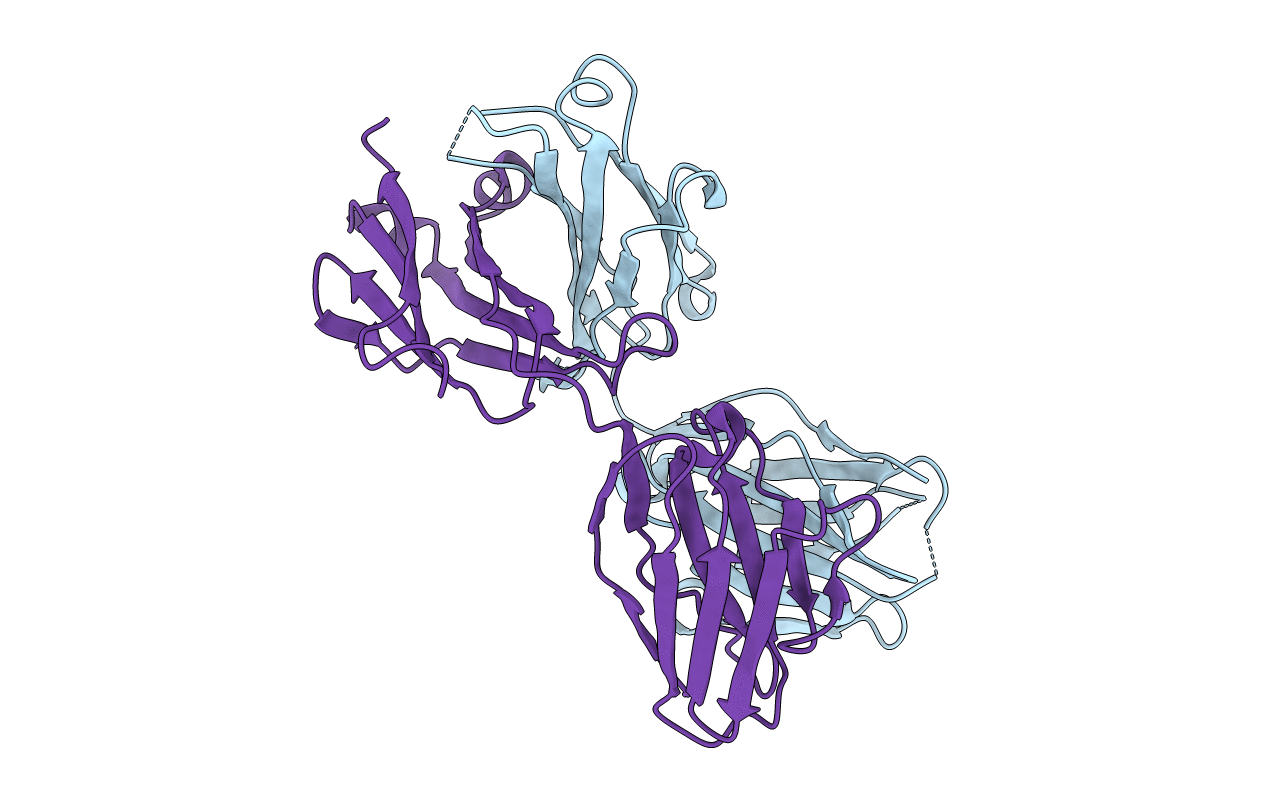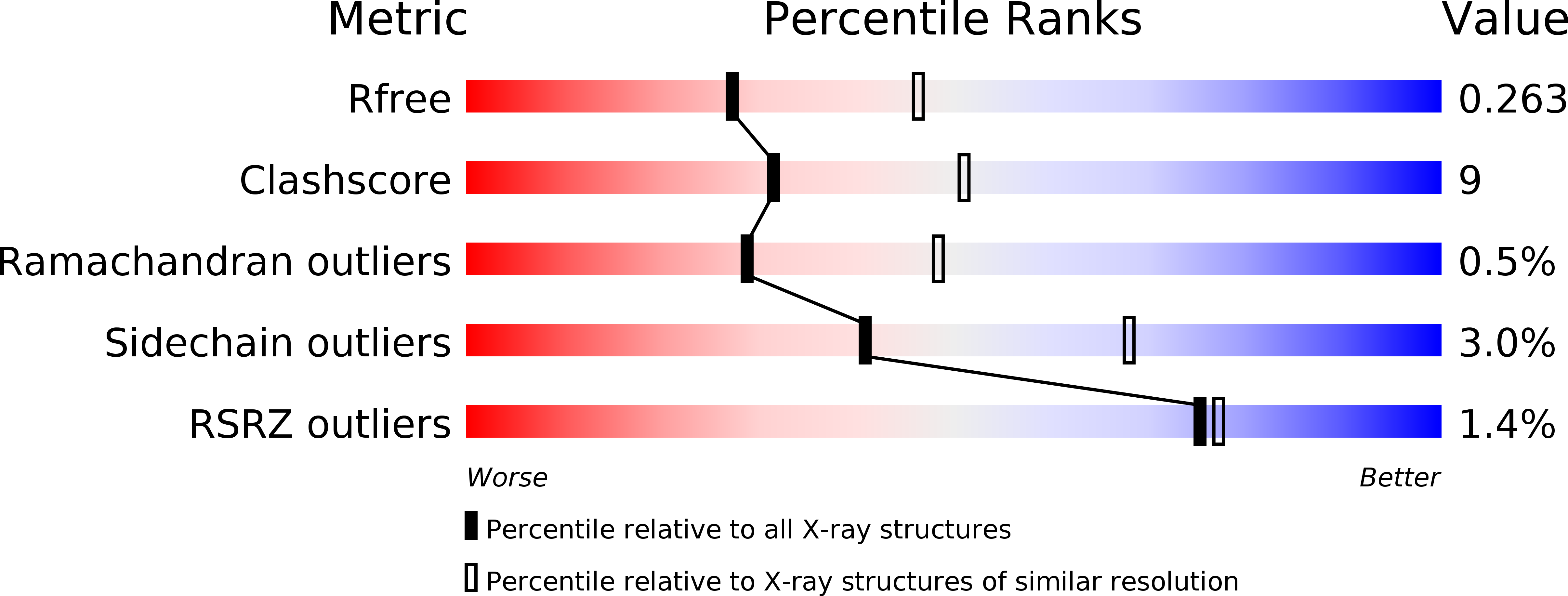
Deposition Date
2001-06-28
Release Date
2001-10-10
Last Version Date
2024-11-06
Method Details:
Experimental Method:
Resolution:
2.51 Å
R-Value Free:
0.26
R-Value Work:
0.19
R-Value Observed:
0.23
Space Group:
P 21 21 21


